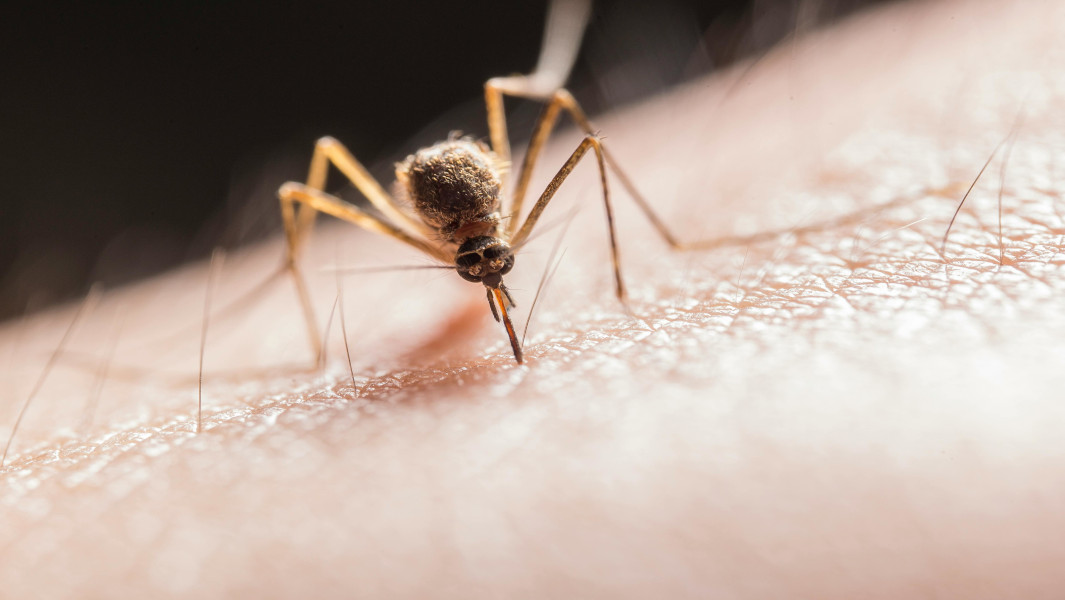What is the world’s deadliest animal?

When it comes to the deadliest animal on earth, what comes to mind? Perhaps a lion, snake, or even a shark? Well, think much, much smaller! The deadliest animal to the human race is one even smaller than a paper clip, it’s the Anopheles mosquito.
In 2017, Guinness World Records officially certified the Anopheles mosquito to be the deadliest animal known to man, with an estimated 725,000 to one million deaths caused every year.
These bugs - notably only the females of the species - are known for transmitting malaria (caused by parasites of the genus Plasmodium) and can be found globally, though they live primarily in tropical, subtropical, and temperate regions. They are particularly keen on areas with warm, humid climates and still water such as ponds, marshes, and swamps.
Aside from malaria, Anopheles mosquitoes are also responsible for spreading other viruses and parasites, including O'nyong'nyong virus and Lymphatic Filariasis or elephantiasis (thread-like parasitic worms).
It’s a lesser-known fact that female mosquitoes belonging to the Anopheles genus are the only ones capable of transmitting malaria.
So how does it work? How it is that one teeny, tiny insect can cause some much damage?
The answer is via feeding. Once an adult mosquito emerges from the water’s surface, it begins feeding on flower nectar for energy. The catch is that female mosquitoes also require blood to develop their eggs - which is what causes these insects to carry and transmit parasites between humans and other living organisms.
When a mosquito bites an infected person, it ingests the pathogen which then multiplies within the mosquito’s body. As the infected mosquito bites the next person, it injects the contaminated saliva right into the bloodstream, causing harm to the new host until the cycle continues.
The effect has been felt worldwide and for centuries. During World War II, children’s author Dr. Seuss (real name Theodor Geisel) even worked on a malaria prevention campaign for US troops featuring a character called “Bloodthirsty Ann”, all while serving as a US Army captain.
He depicted Ann as the Anopheles mosquito to raise awareness of this dangerous malaria-spreading parasite, especially after the Allies lost access to antimalarial drugs.
So how can we protect ourselves? While enjoying particularly warm and tropical climates, one thing we can do to protect ourselves and our loved ones from infectious bites is wearing the following:
- Long sleeves and pants - preferably lightweight, loose-fitting clothing made of tightly woven fabrics.
- Tuck your clothes - tuck long trousers into socks and shirts into trousers to minimize exposed skin.
- Treat clothing with insecticide - consider treating clothing and gear with a safe and environmentally-friendly insecticide for added protection.
Mosquitoes are estimated to have killed over 50 billion people throughout human history. In comparison, lions are estimated to have caused 500,000 deaths, while sharks are even lower at 50,000.
While malaria is now curable with modern science, there is still no vaccine that completely prevents all forms of malaria.
Header image: Jimmy Chan / Pexels


